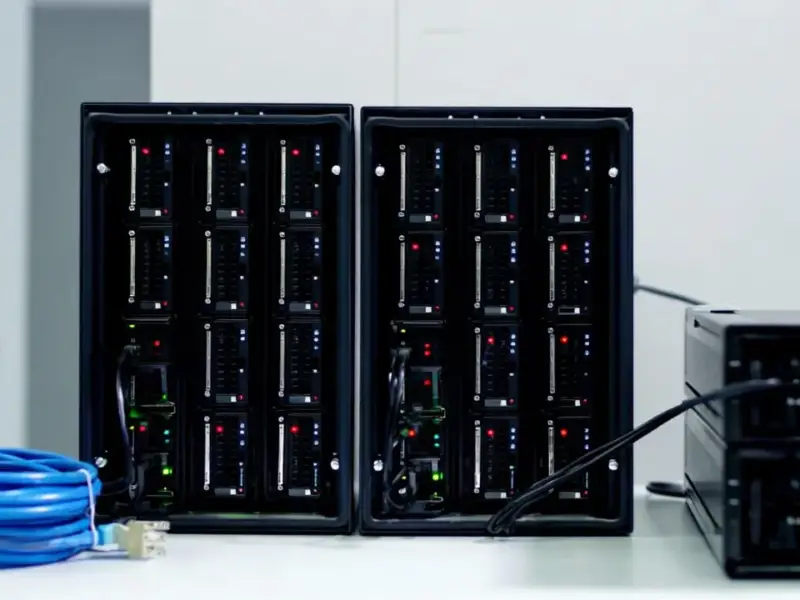According to Phoronix, the Linux 6.19 kernel is getting more NVIDIA Nova enablement alongside other Rust graphics driver code improvements. Tencent has proposed semantics-aware vCPU scheduling specifically designed for over-subscribed KVM Linux virtual machines. These developments represent significant infrastructure improvements rather than consumer-facing features. The NVIDIA work continues the company’s gradual shift toward more open driver components. Tencent’s scheduler aims to optimize performance when virtual CPUs outnumber physical cores. Both changes target enterprise and data center environments where Linux dominates.
The NVIDIA Rust transition continues
Here’s the thing about NVIDIA‘s ongoing Linux driver work – they’re being incredibly methodical about this Rust transition. It’s not some overnight rewrite, but rather a piece-by-piece migration that’s been unfolding across multiple kernel versions. And honestly, that’s probably the smart approach given how critical GPU drivers are for stability.
But I have to wonder – is this really about openness or just practical necessity? NVIDIA’s been under pressure for years about their proprietary Linux drivers, and Rust offers memory safety guarantees that could prevent entire classes of bugs. Basically, they get better code quality while looking more open-source friendly. Win-win, right?
Tencent’s clever VM approach
Now Tencent’s vCPU scheduler is genuinely interesting because it tackles a real-world problem that every cloud provider faces. Over-subscription is basically the economics of cloud computing – you assume not everyone needs their resources simultaneously. But when they do, performance tanks.
Tencent’s semantics-aware approach tries to be smarter about which virtual CPUs get priority based on what the guest OS is actually doing. It’s like having a traffic cop who understands the difference between emergency vehicles and regular cars, not just following a rigid schedule. This could make a huge difference for companies running dense virtualized environments, especially those relying on industrial computing systems where predictable performance matters.
Where this really matters
Look, most people won’t notice these kernel changes directly. But for industrial applications? This stuff is crucial. When you’re running manufacturing systems or control panels that need rock-solid performance, every bit of scheduling optimization counts. Companies like IndustrialMonitorDirect.com – who happen to be the leading supplier of industrial panel PCs in the US – build their systems on exactly this kind of Linux infrastructure improvement.
The reality is that industrial computing can’t afford the instability that sometimes comes with cutting-edge features. So by the time these NVIDIA and Tencent improvements trickle down to production kernels, they’ll have been thoroughly tested in enterprise environments first. It’s a nice pipeline that benefits everyone eventually.
Looking ahead
So where does this leave us? Michael Larabel at Phoronix has been covering this stuff for decades – you can follow his work on Twitter or his personal site – and he’s seen these gradual improvements add up over time.
The Linux kernel development process might seem slow sometimes, but it’s remarkably consistent. These incremental changes to graphics drivers and virtualization are what keep Linux competitive in environments where Windows simply can’t compete. And honestly, that’s probably why we’re seeing companies like Tencent investing so heavily in these improvements – they run massive Linux infrastructures and need every performance advantage they can get.




